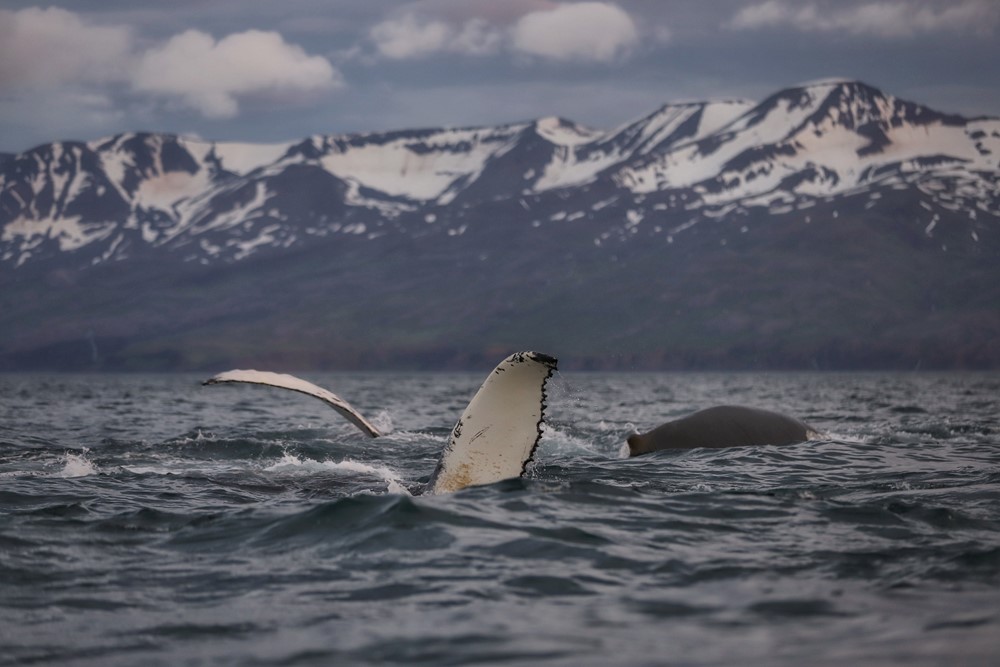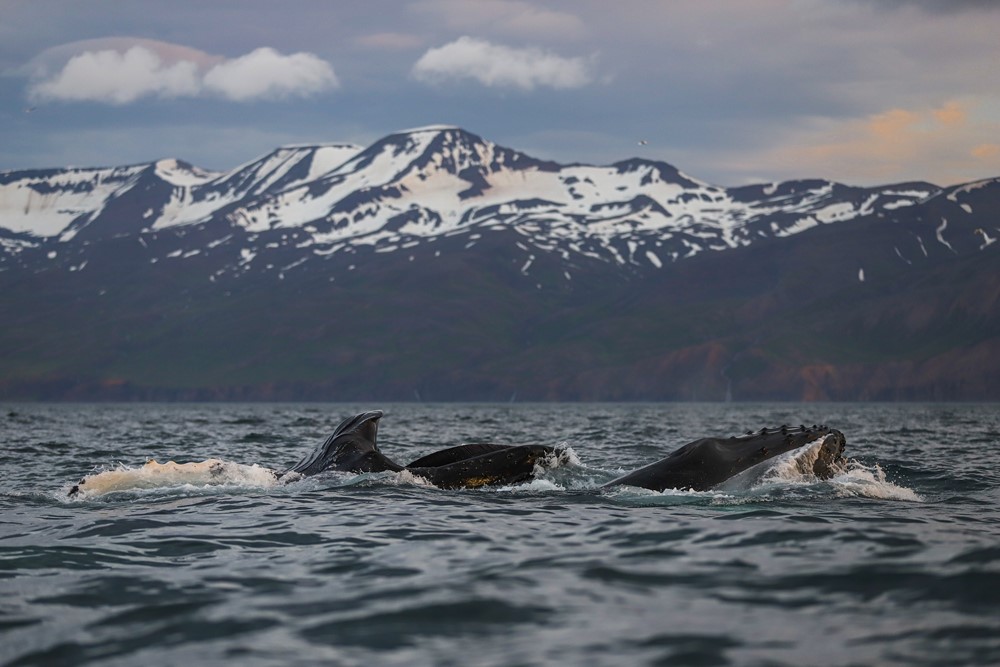HOW TO BECOME A GREAT WHALE

Do you remember our recent post about what makes this place such a great feeding ground for whales and why these magnificent animals actually migrate into cooler waters for their feeding season?
In fact, this has not always been the case!
Around 4.5 million years ago a sudden cooling and forming of ice caps in the northern hemisphere and thus a change of food supplies took place.
These changes in the climate lead to a seasonal release of ice trapped nutrients to the open ocean and resulted in a concentration of plankton in those now nutrient rich waters by the poles, attracting whales to undertake long journeys to get to their food.
Up to then the plankton had been widely spread in the oceans, allowing the whales to feed wherever they were.
However, also up to that point, whales were not the gentle giants of the oceans that we know today:
With these new circumstances and the necessity to migrate, size became a crucial factor for survival as only those animals with greater reserves were able to travel far distances and take advantage of the newly formed feeding grounds. Consequently, whales started to grow to the size they have nowadays!
Smaller species would over time disappear as the plankton was no longer available and widely spread as before and thus no food supplies around for the weaker ones.
As a consequence of all this, we are able to observe some of the largest whale species feed in Skjálfandi Bay year over year again!
- Sarah


